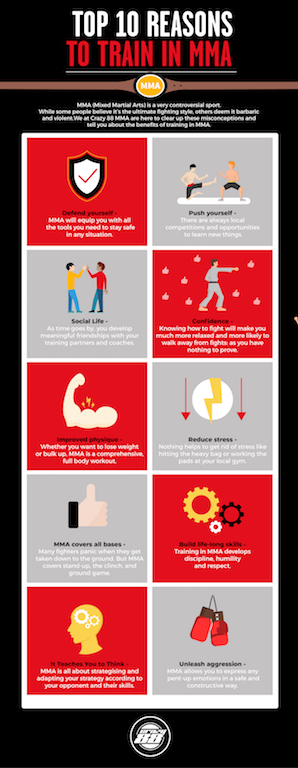
Anyone who’s worked in an industry where a company issues an RFP knows just how stressful it is to craft high-quality responses to RFPs. Winning new business through a proposal is not just an exact science — it also has elements of an art.
If you’ve never written a response to an RFP before, or if you just need to shore up your skills in that arena, then you’re in the right place. In this article, we’ll provide you with seven essential tips that you need to absorb in order to reliably win new business with your proposals.
1. Read Carefully
The first step to writing an excellent request for proposal response is actually to start reading! You need to ensure that you very careful absorb all of the information presented in the proposal. Do some background work on the company as an added way to get some more background about what they need done.
2. Understand the Problem
The reason why a company issues an RFP is ultimately that they’re faced with a problem. The problem in question could be anything, from a gap in their supply chain to poor performance of their IT department or any other of the many business problems out there.
As a bidder on the RFP, it’s your responsibility to have a very solid understanding of what exactly the problem is and how much the solution to that problem is worth to the company.
3. Present a Solution
The next concept to absorb is that responses to RFPs are all about solutions. You are providing a solution to a problem and nothing more. Thus, write your response from the perspective of how you are going to fix the gap in their technology or fill in the missing step in their supply chain so that they can improve performance and win more market share.
4. Forego the Features
This point ties in with the one above. Remember that your proposal is ultimately selling a solution. It is not selling features. Don’t worry so much about listing all the features of your service; instead, focus primarily on how you will solve the problem. Listing features can just make your proposal needlessly complicated.
5. Follow Evaluation Criteria
Most RFPs will include evaluation criteria that the RFP response will be judged by. Make sure to take careful note of that evaluation criteria so that you don’t miss any obvious things that the issuing company wants to see in a proposal.
6. Know Your Worth
Know how much your service is worth to the company requesting it. Know your margins. Without this information, you won’t be able to provide a competitive bid.
7. Research Competition
Last but not least, research your competition. See if you can find out if they too are bidding on this RFP, and what their price and service are. You can use these as benchmarks to guide your own bid.
Crafting a High-Quality Responses to RFPs
There you have it — with this guide on crafting high-quality responses to RFPs, you’re well on your way towards winning new business for your company!
For more business advice, be sure to take a look at the rest of the website!









